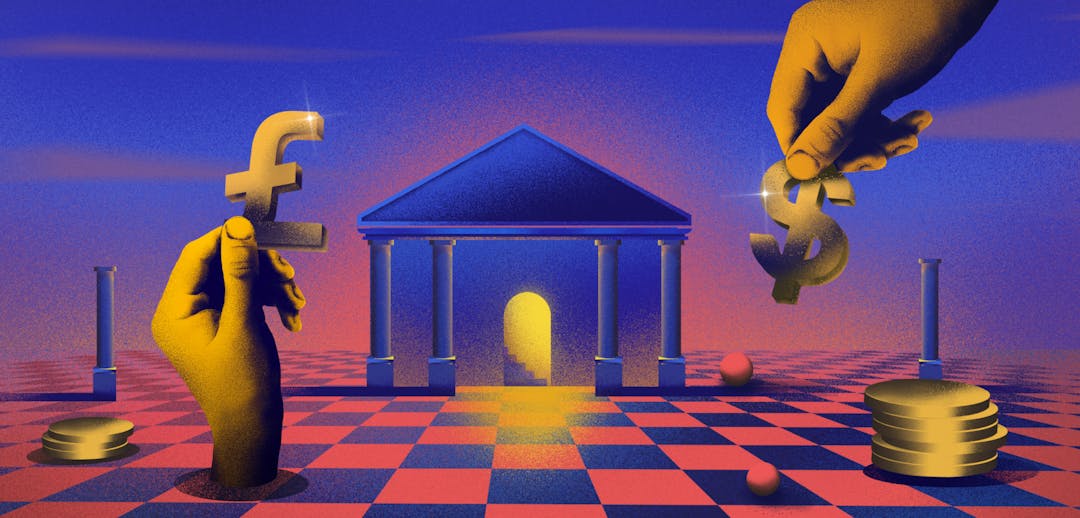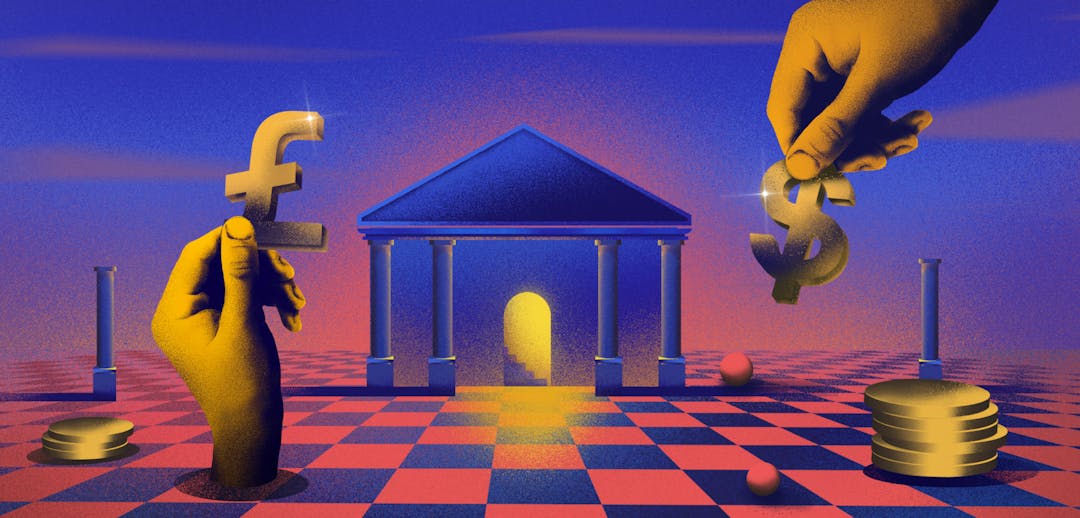What is self-serve first?
The self-serve first approach is where a business uses self-service as its core model for customer acquisition and onboarding.
You’ll probably recognize that a lot of your favorite consumer software businesses adopt this approach. Facebook, Netflix, Google, and Twitter all make it easy for you to sign-up and get going with using their product. No sales chats needed.
But why does self-serve first need to stop at B2C?
Here are 5 reasons why self serve is a winning strategy for growing B2B SaaS businesses too:
1) Meeting your customer expectations
And what happens when customers’ expectations aren’t met? They click the X in the top right-hand corner of their screen or return to the search results to find an alternative.
By introducing self-serve, you tap into a bigger market of ‘DIY’ customers; the customers that want to try out your product without getting involved in conversations and negotiations with a salesperson. These are the customers you wouldn’t have otherwise known existed without a self-serve approach in place. You might mistakenly assume that your product doesn't resonate with a certain group, when in fact it's your sales model that doesn't work for them.
Think about it. Facebook has 2.80 billion monthly users . But would you sit through a sales call or demo to sign up? Would your 618 Facebook friends do that? Watch that 2.80 billion rapidly decrease at the thought of it.
Making it an easy sign-up that we can do in our own time is exactly what we’d expect from the service, and exactly how they grew so big (and quickly) in its first 15 years.
This can be translated from consumer software to business software, but more needs to be taken into account, like the need for a sales-assisted or more supported approach for larger companies or enterprises, as well as the onboarding and risk considerations of a self-serve model too.
2) Limitless reach
But it doesn’t just stop at the customer-preferred approach of self-serve.
Team it up with a freemium offering, and you’ll see your pipeline boom if you put the right marketing behind it.
And what’s more, 72% of customers will share a positive experience with 6 or more people , showing just how important user experience is. So, by providing a customer-preferred process like self-serve and an easy sign-up decision with freemium, people will spread the news and positive vibes about your product. Hello, acquisition on acquisition.
3) More cost-effective
Your customers are more likely to want a more hands-on approach, so less support inquiries will be coming through to your inbox - but that’s only if your product is easy-to-use and provides simple documentation throughout the onboarding process and beyond. To back this even further, provide them with a thorough FAQ section to your website to cover any potential issues that might crop up as they browse your product.
In terms of your sales team, think about how much time and money can be spared when not having to build huge teams dedicated to separate countries and regions. The numbers only have to get bigger as the company gets bigger which is a lot of salaries to consider. Take away that, and you’ve got money to spare (or to put elsewhere).
4) Gain insights to improve your product value
A self-serve model helps to gain insights around product usage, which is far easier (and more useful) when looking at the buying behavior of a larger scale of users; something which this model very much invites.
With these kinds of insights continuously coming through to help steer your product roadmap, you can improve user experience and your value proposition.
5) It’s a win-win situation
Let’s break this down.
Happier customers:
If you’re meeting your customers expectations with a successful self-serve model, proved to be a favorite for consumers these days, what’s not to love? Giving them more power, taking away sales chats and negotiations, and allowing them more time to give your product a whirl themselves - with zero pressures.
Happier employees:
What self-serve first means for your employees actually derives from your happy customers, but you could say it’s all part of a - very positive - cycle. Positive feedback and customer experience are well-known in boosting employee motivation and retention, but happy and engaged employees further fuel a customer-centric culture. Smiles all round.
Happier management:
When you put the efforts into your customers’ hands, your own company time and efforts can be put elsewhere to help the business grow faster. It means you and your team are less bogged down with repetitive tasks and obstacles that slow down your progress, so you can focus on fast expansion. No more ‘forgotten password’ or simple ‘how to’ queries for your support team; more time for your sales team to focus on upsells and upgrades; and more time to work on your customer experience using your insights, including the main complaints of: navigation, site search and load time .
More conversions with low acquisition costs, plus the fact that 55% customers would pay more to guarantee a good experience (which is exactly what self-serve and the insights you get through help to achieve)? Looks like you’ve got yourself a good deal.
So, the self-serve first approach is one way to bring in customers to your business, but how much are they worth? Head over to our full guide on customer lifetime value, where you'll find out more about this key metric, and just why it's so important to your business growth.



